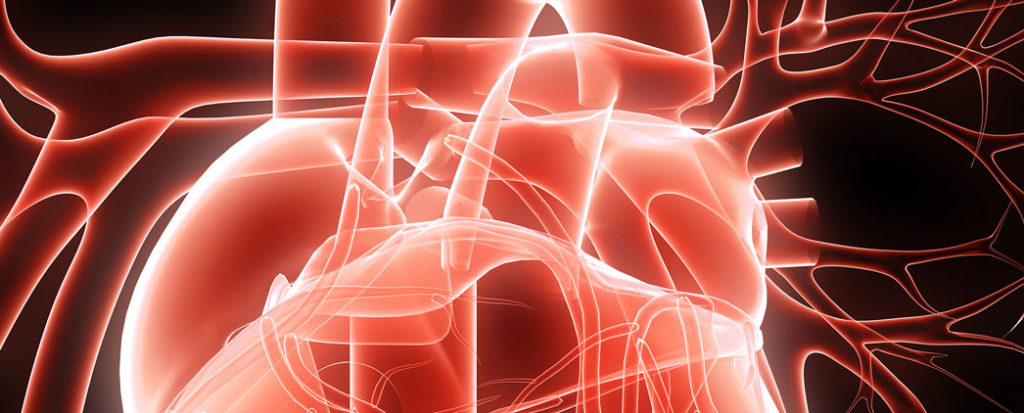My Learning
Login
Sign Up FREE
Register Register
Login
Trending Topic

3 mins
Trending Topic
Developed by Touch
Mark CompleteCompleted
BookmarkBookmarked
It is with pride and gratitude that we reflect on the remarkable 10-year journey of European Journal of Arrhythmia & Electrophysiology. With the vital contributions of all of our esteemed authors, reviewers and editorial board members, the journal has served as a platform for groundbreaking research, clinical insights and news that have helped shape the […]
European Journal of Arrhythmia & Electrophysiology. 2024;10(1):1-2













